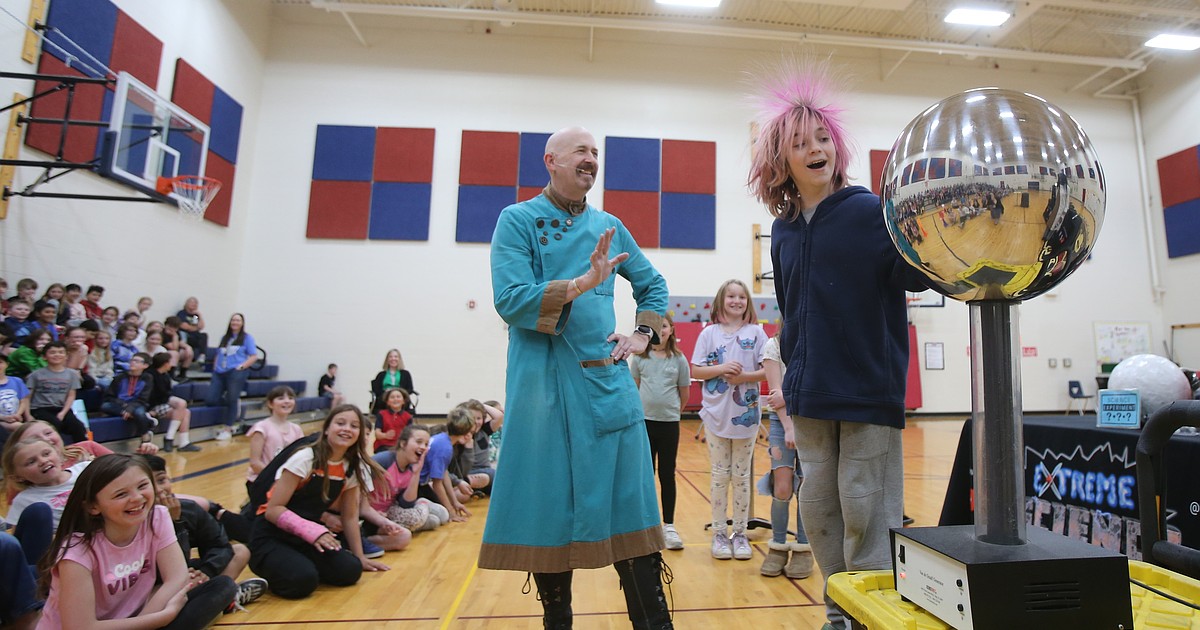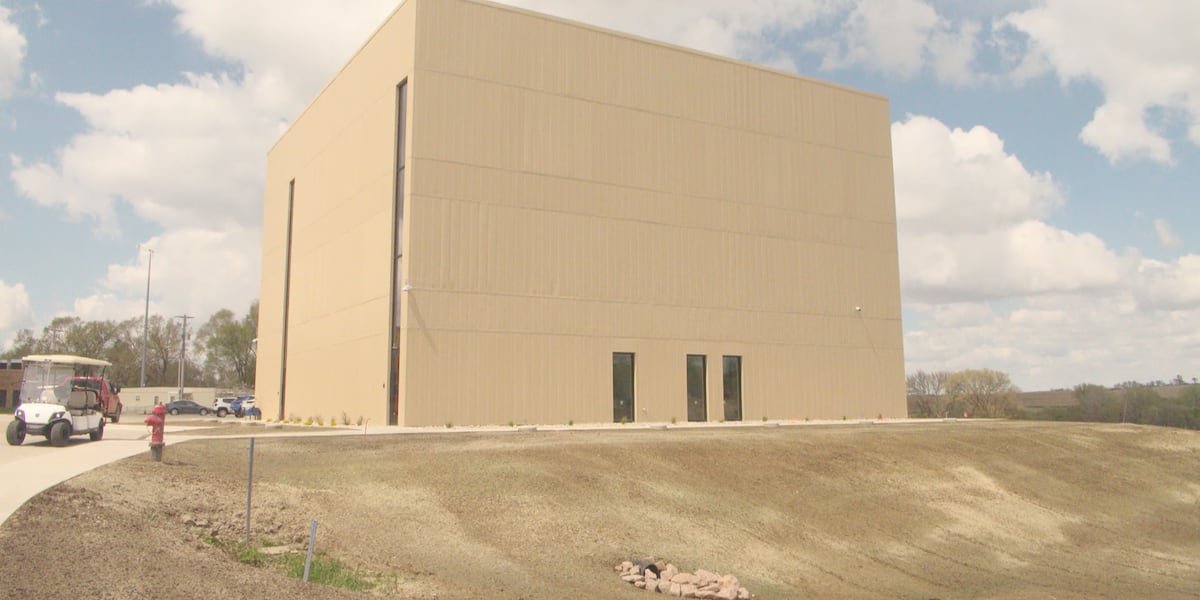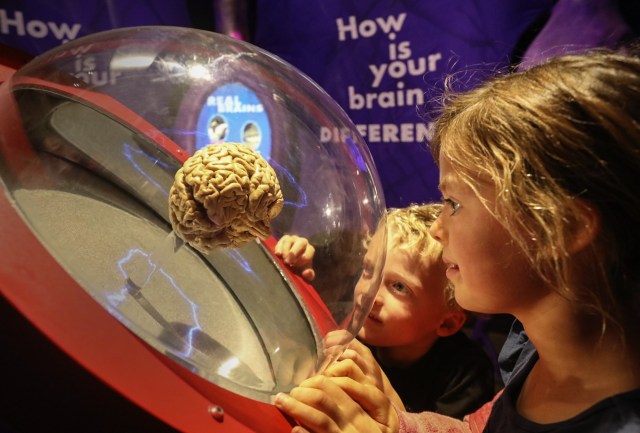
Brewing Through History: The Frothy Origins of Humanity's Favorite Beverage
The story of fermentation stretches back millennia, revealing a fascinating journey of human culinary innovation. While our ancestors first stumbled upon the magical process of transforming grains and fruits into intoxicating beverages thousands of years ago, the brews they crafted would be almost unrecognizable to modern beer enthusiasts. Imagine ancient brewers experimenting with wild yeasts and primitive techniques, creating drinks that bore little resemblance to the carefully crafted, refined beverages we enjoy today. These early fermented concoctions were likely rustic, unpredictable, and vastly different in flavor, texture, and alcohol content compared to contemporary craft beers. The art of fermentation was not just a culinary discovery, but a pivotal moment in human cultural development. It represented our species' first steps into understanding complex biochemical processes, long before the advent of modern scientific knowledge. Each experimental brew was a testament to human curiosity, creativity, and the universal desire to transform simple ingredients into something extraordinary. From the barley-based ales of Mesopotamia to the spontaneous fermentations of early European communities, these ancient brews tell a rich story of human ingenuity and our timeless relationship with fermented beverages.









